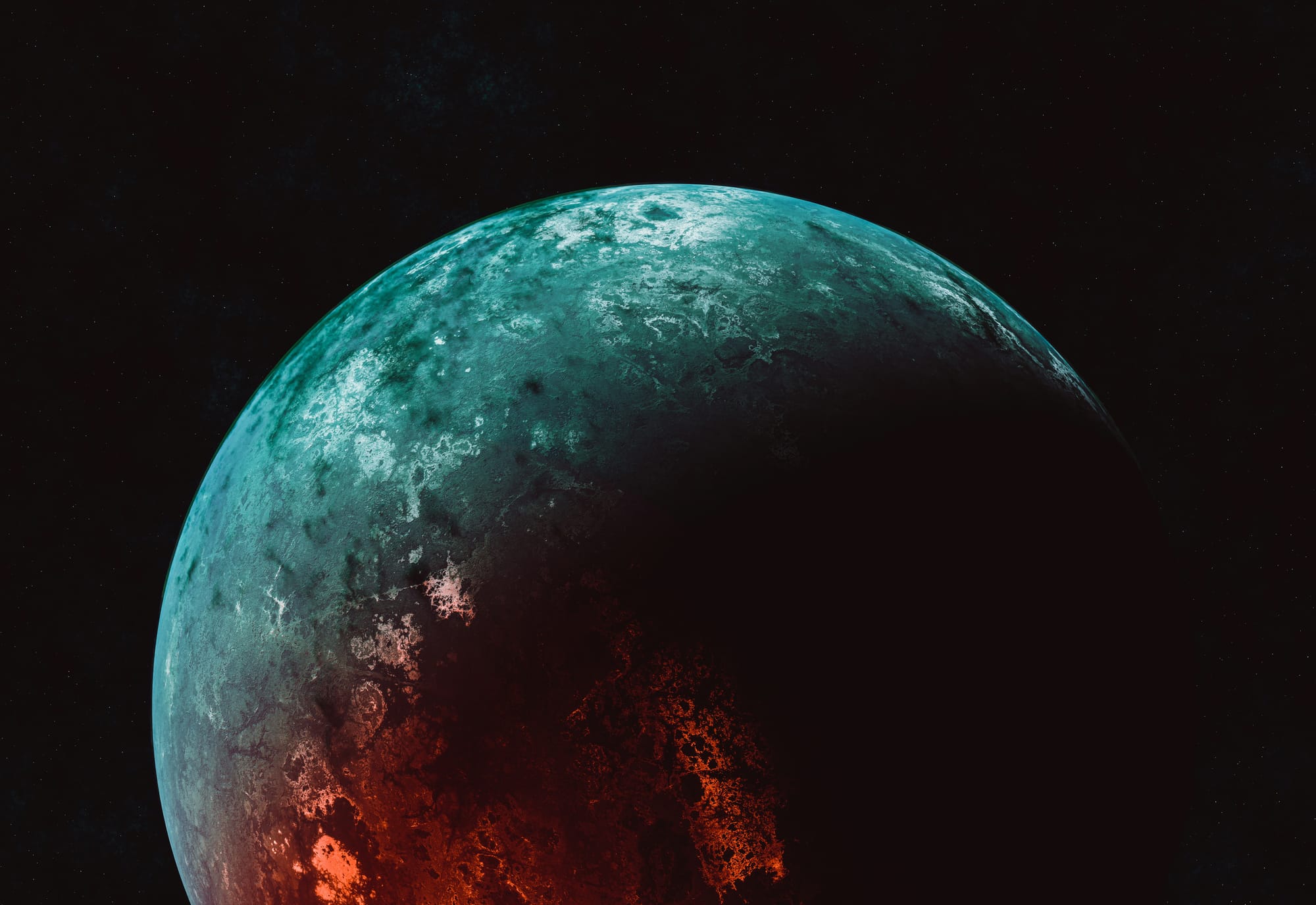Scientists Find "Strongest Evidence Yet" of Extraterrestrial Life on Distant Ocean World

Scientists have detected what they're calling the most compelling signs of extraterrestrial life ever found, using NASA's James Webb Space Telescope to peer into the atmosphere of K2-18b, a mysterious world 124 light-years away.
The groundbreaking discovery centers on dimethyl sulfide (DMS) and dimethyl disulfide (DMDS) –chemicals that on Earth are produced exclusively by living organisms like marine phytoplankton. "This is the strongest evidence to date for a biological activity beyond the solar system," declares lead researcher Nikku Madhusudhan from Cambridge University.
K2-18b sits perfectly in its star's habitable zone and may be a "Hycean world" –completely covered in liquid water with a hydrogen-rich atmosphere. The detected concentrations are thousands of times higher than Earth levels, potentially indicating massive biological activity.
However, scientists urge caution. The observations have reached "three-sigma" statistical significance (0.3% chance of being random), but need "five-sigma" confirmation for definitive discovery. "We cannot, at this stage, make the claim that even if we detect DMS and DMDS, that it is due to life," Madhusudhan emphasizes.
While some experts remain skeptical, this represents humanity's closest approach yet to answering the ultimate question: are we alone in the universe?



Discussion